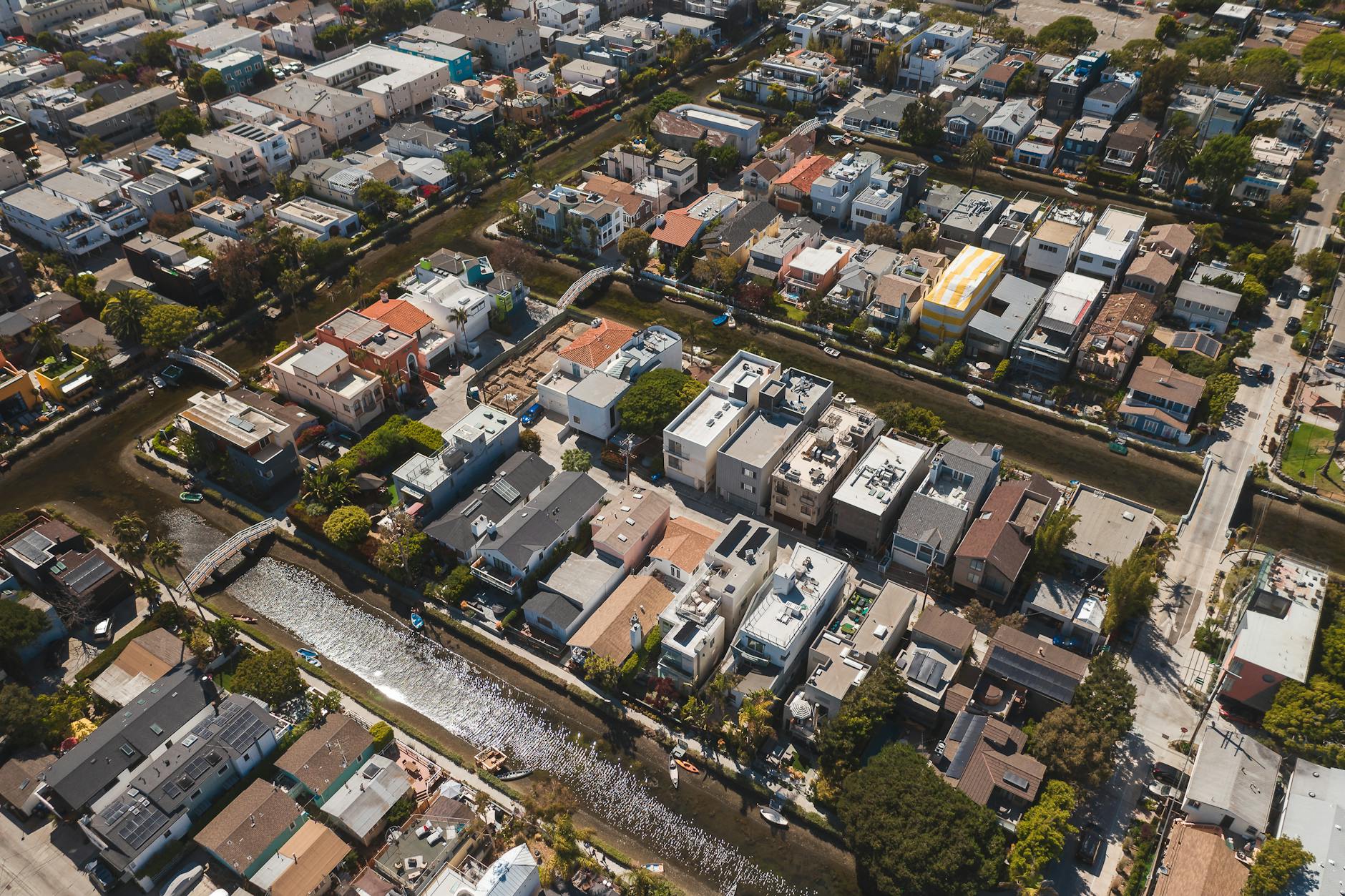Exploring Affordable Housing Development Opportunities in Your Region
Exploring Affordable housing development opportunities in your region
Affordable housing remains a critical issue in many communities as rising living costs outpace income growth, leading to a shortage of accessible homes for low- and moderate-income families. Exploring development opportunities in your region can provide valuable insights into how local governments, private developers, and community organizations can collaborate to address this challenge. This article will examine the key factors driving affordable housing needs, potential funding sources, successful development models, and strategies to overcome common barriers. By understanding these elements, stakeholders can make informed decisions and foster projects that not only increase housing availability but also enhance community stability and economic vitality.
Understanding local housing needs and market dynamics
To effectively pursue affordable housing development, it is essential to analyze the specific needs and market conditions in your region. This involves assessing demographic trends, income levels, and current housing stock availability. Local housing authorities and census data can provide detailed insights into which income brackets are most affected by housing shortages and where demand is highest. Additionally, understand the rental and homeownership costs relative to median incomes to identify affordability gaps. This assessment helps in tailoring development projects to meet real community needs rather than theoretical models, ensuring resources are directed where they can have the greatest impact.
Leveraging funding sources and incentives
Financing affordable housing projects often requires a combination of public and private funding due to the lower profit margins on such developments. Key funding sources include federal programs like the Low-Income Housing Tax Credit (LIHTC), Community Development Block Grants (CDBG), and HOME Investment Partnerships Program. Additionally, state and local governments may offer incentives such as tax abatements, zoning variances, or subsidy programs to encourage development. Philanthropic organizations and private investors are increasingly interested in social impact investments, opening further funding avenues. Understanding and strategically combining these resources can bridge financial gaps and make projects viable.
Adopting innovative development models
Affordable housing development is evolving beyond traditional approaches. Mixed-income developments that integrate affordable units with market-rate homes promote social cohesion and economic diversity. Modular construction and prefabricated building techniques help reduce construction time and costs. Public-private partnerships (PPPs) harness strengths from multiple stakeholders to streamline development processes and share risk. Community land trusts (CLTs) can preserve long-term affordability by separating land ownership from housing ownership. These innovative models not only improve project feasibility but also enhance sustainability and community acceptance.
Addressing common barriers and building community support
Despite the clear need and potential opportunities, affordable housing projects often face challenges including regulatory hurdles, NIMBYism (Not In My Backyard) attitudes, and limited land availability. Proactive engagement with local residents and stakeholders through transparent communication and participatory planning can reduce opposition and build trust. Streamlining permitting processes and revising restrictive zoning ordinances can accelerate project timelines. Additionally, identifying underutilized sites such as vacant buildings or brownfields creates development opportunities without displacing existing communities. Addressing these barriers systematically is crucial for successful implementation.
Conclusion
Exploring affordable housing development opportunities requires a comprehensive understanding of local needs, effective funding strategies, innovative development methods, and proactive community engagement. By analyzing market dynamics and leveraging diverse financial resources, stakeholders can initiate projects that meet demand while maintaining economic sustainability. Employing modern models like mixed-income developments and modular construction further enhances feasibility and community benefits. Overcoming regulatory and social barriers through collaboration and thoughtful planning ultimately ensures that affordable housing initiatives succeed in creating more inclusive, resilient communities. A strategic, well-rounded approach is key to turning affordable housing goals into tangible realities in your region.
Image by: RDNE Stock project
https://www.pexels.com/@rdne
editor's pick
latest video
news via inbox
Nulla turp dis cursus. Integer liberos euismod pretium faucibua

